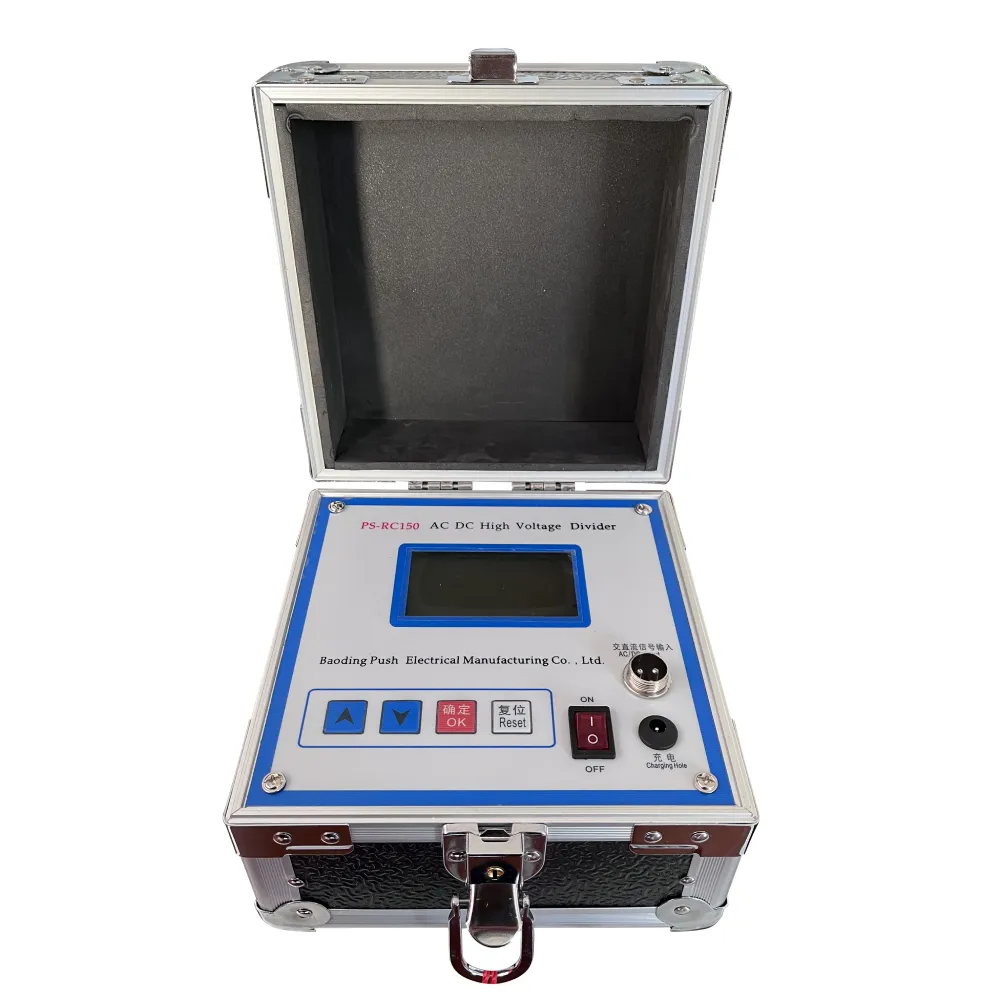 English
English


Evaluating Performance and Accuracy of Current Transformers in Electrical Measurement Systems
Testing Methods for Current Transformers Ensuring Accuracy and Reliability
Current transformers (CTs) are essential components in electrical systems, particularly for protection, measurement, and monitoring. They play a critical role in converting high currents into manageable levels for metering and instruments. Given their importance, ensuring the accuracy and reliability of current transformers through rigorous testing is vital. This article will explore various testing methods commonly employed to evaluate current transformers, focusing on their significance and practical applications.
Importance of Testing Current Transformers
The accuracy of current transformers directly impacts the safety and efficiency of electrical systems. CTs are used in protective relaying schemes to detect faults, manage load, and prevent damage to equipment. An inaccurate CT can lead to improper relay settings, false tripping, or undetected faults. Therefore, regular testing is crucial to maintain system integrity, facilitate compliance with industry standards, and ensure optimal performance.
Common Testing Methods
1. Ratio Testing
Ratio testing is one of the primary methods to assess the performance of current transformers. This test checks the accuracy of the transformation ratio by comparing the primary current to the secondary current. A testing set-up involves introducing a known primary current and measuring the resulting secondary current. The ratio of these values is then calculated, allowing for a comparison against the manufacturer's specifications. Discrepancies can indicate issues with the transformer's accuracy or integrity.
Polarity testing is essential to verify that the CT is connected correctly in the circuit. Incorrect polarity can lead to adverse effects, such as current flowing in the wrong direction, which could compromise the entire protection scheme. This test typically involves energizing the CT and using a simple procedure with a voltmeter or phase rotation tester to check that the polarity labels correspond with the actual behavior of the transformer.
tests on current transformer

3. Burden Testing
Current transformers are designed to operate under specific burden conditions, which refer to the load connected to the secondary winding. Burden testing assesses how well a CT performs under varying load conditions. By connecting different resistances and measuring the output, testers can determine whether the CT maintains accuracy and stability under diverse operational scenarios. This is critical for ensuring that the CT will perform as expected in real-world applications.
4. Insulation Resistance Testing
Insulation resistance testing evaluates the insulation properties of the CT, ensuring that it can withstand environmental stress and prevent electrical hazards. This test involves applying a DC voltage to the insulation and measuring its resistance over time. High resistance readings indicate good insulation health, while low values may signal degradation and the need for maintenance or replacement.
5. Saturation Testing
Saturation testing assesses a CT's ability to handle high currents without distortion. When subjected to excessive primary currents, CTs can reach saturation, leading to inaccurate readings. This testing typically involves applying increasing levels of current while monitoring the secondary output. Understanding the saturation point helps in selecting appropriate CTs for specific applications and conditions.
Conclusion
In conclusion, testing current transformers is a fundamental practice to ensure their reliability and performance in electrical systems. By employing methods such as ratio testing, polarity testing, burden testing, insulation resistance testing, and saturation testing, operators can confidently verify that CTs operate within their specifications and support the overall safety and efficiency of electrical installations. Regular maintenance and testing not only mitigate operational risks but also enhance the longevity and reliability of current transformers in the field.
-
Differences between open cup flash point tester and closed cup flash point testerNewsOct.31,2024
-
The Reliable Load Tap ChangerNewsOct.23,2024
-
The Essential Guide to Hipot TestersNewsOct.23,2024
-
The Digital Insulation TesterNewsOct.23,2024
-
The Best Earth Loop Impedance Tester for SaleNewsOct.23,2024
-
Tan Delta Tester--The Essential Tool for Electrical Insulation TestingNewsOct.23,2024





